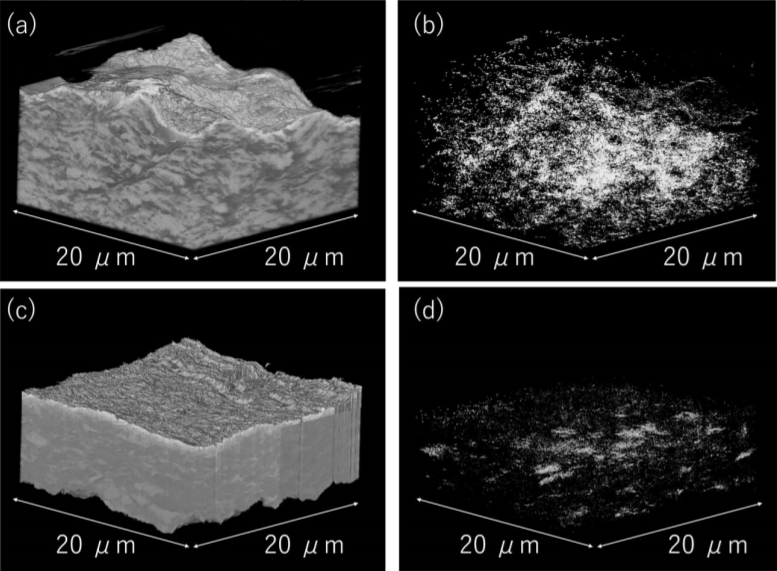Analysis of Void Volume in Composite Electrode of All-solid-state Lithium-ion Battery Employing FIB-SEM and Union Operation Image Processing

We had proposed an image-processing scheme using union operation suitable for extracting target features with hierarchical dimensions from the original data, and applied it to void analysis in a composite electrode of an all-solid-state lithium ion battery (LIB). Void analysis is very important in developing better composite electrodes for all-solid-state LIBs because internal voids should increase the interfacial resistance. Film formation of electrode-solid electrolyte composites by the aerosol deposition (AD) method has attracted attention as an effective way to improve the density of the composite electrodes. In the present study, three-dimensional (3D) structure of the composite electrode, which was modified by the AD process to reduce the internal void volume, was investigated using FIB-SEM system. The void volume in the composite electrode was then analyzed by an image-processing method based on the union operation.